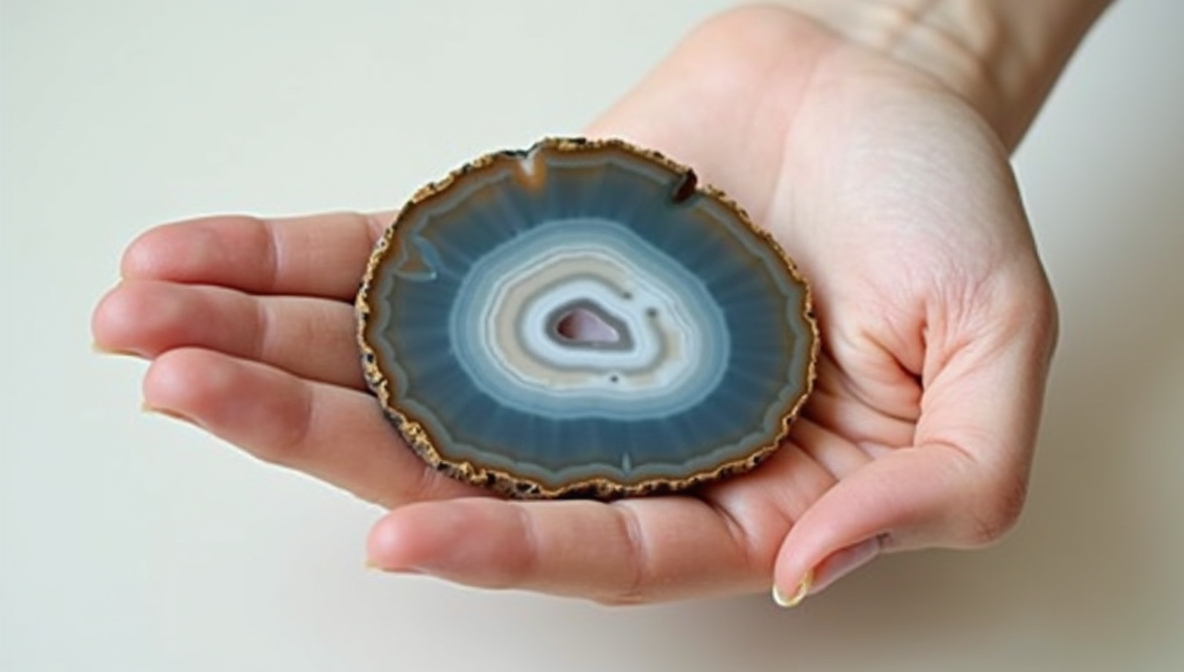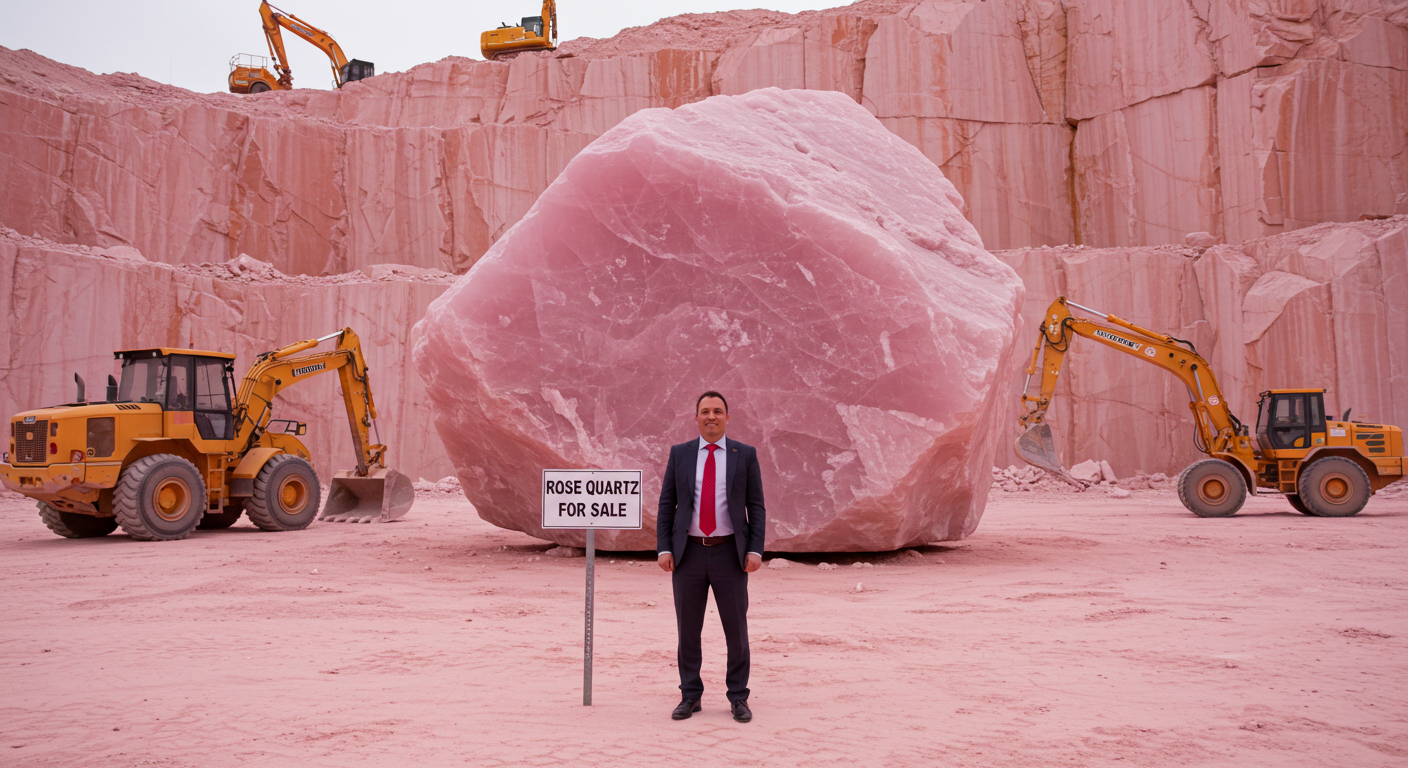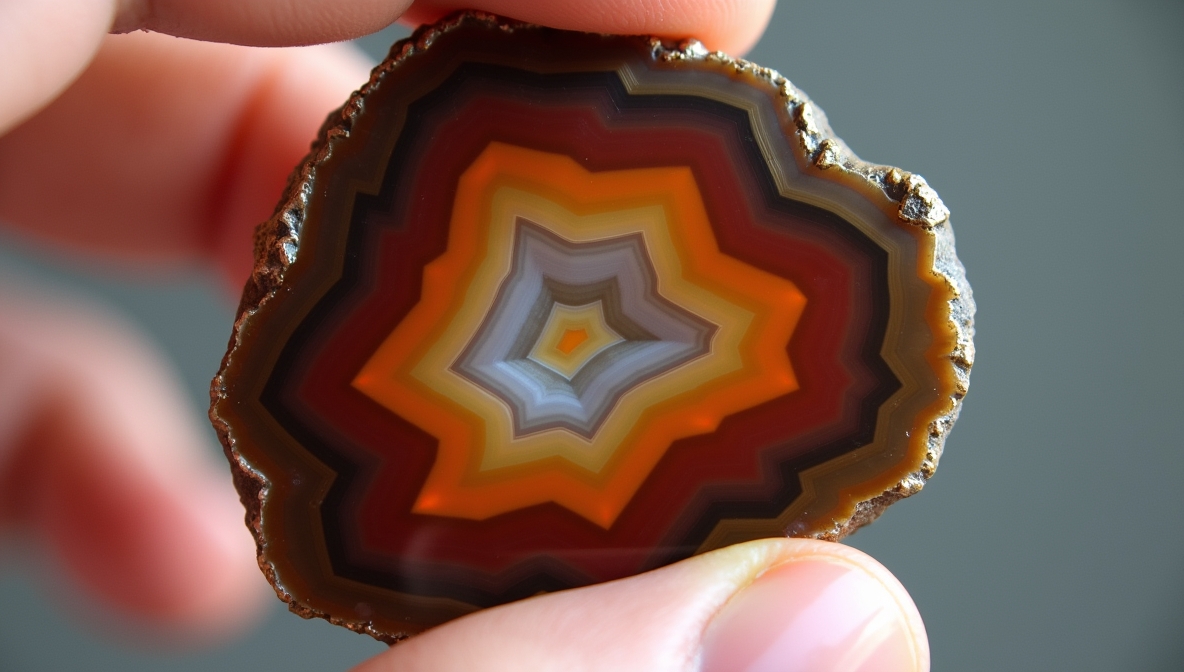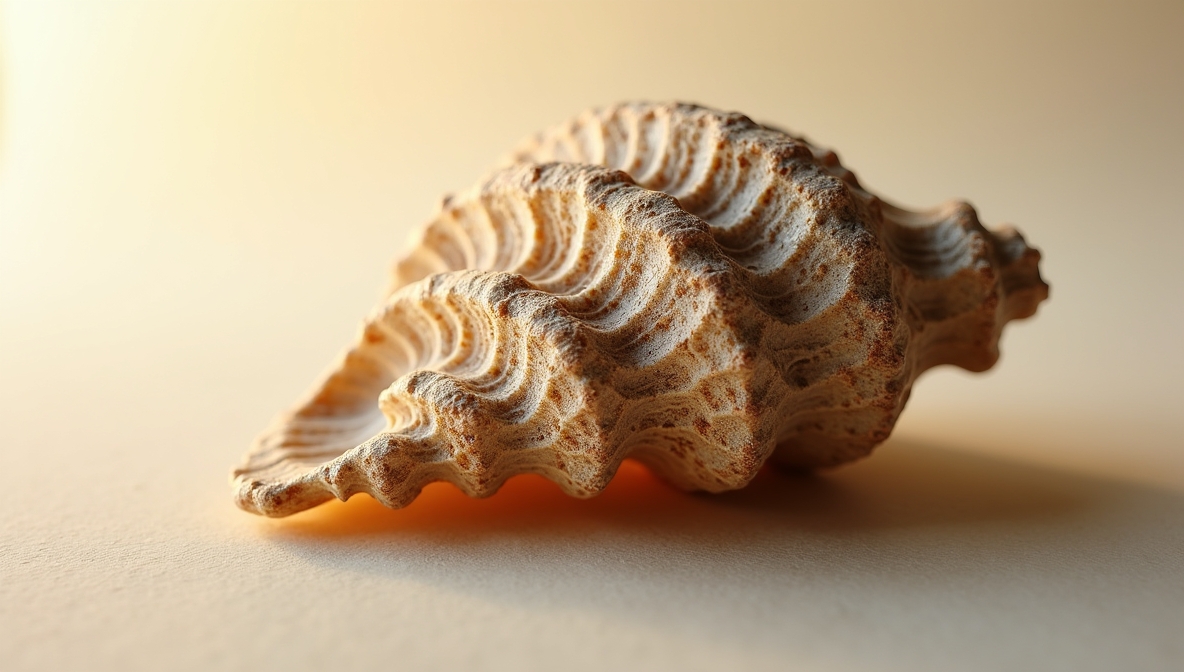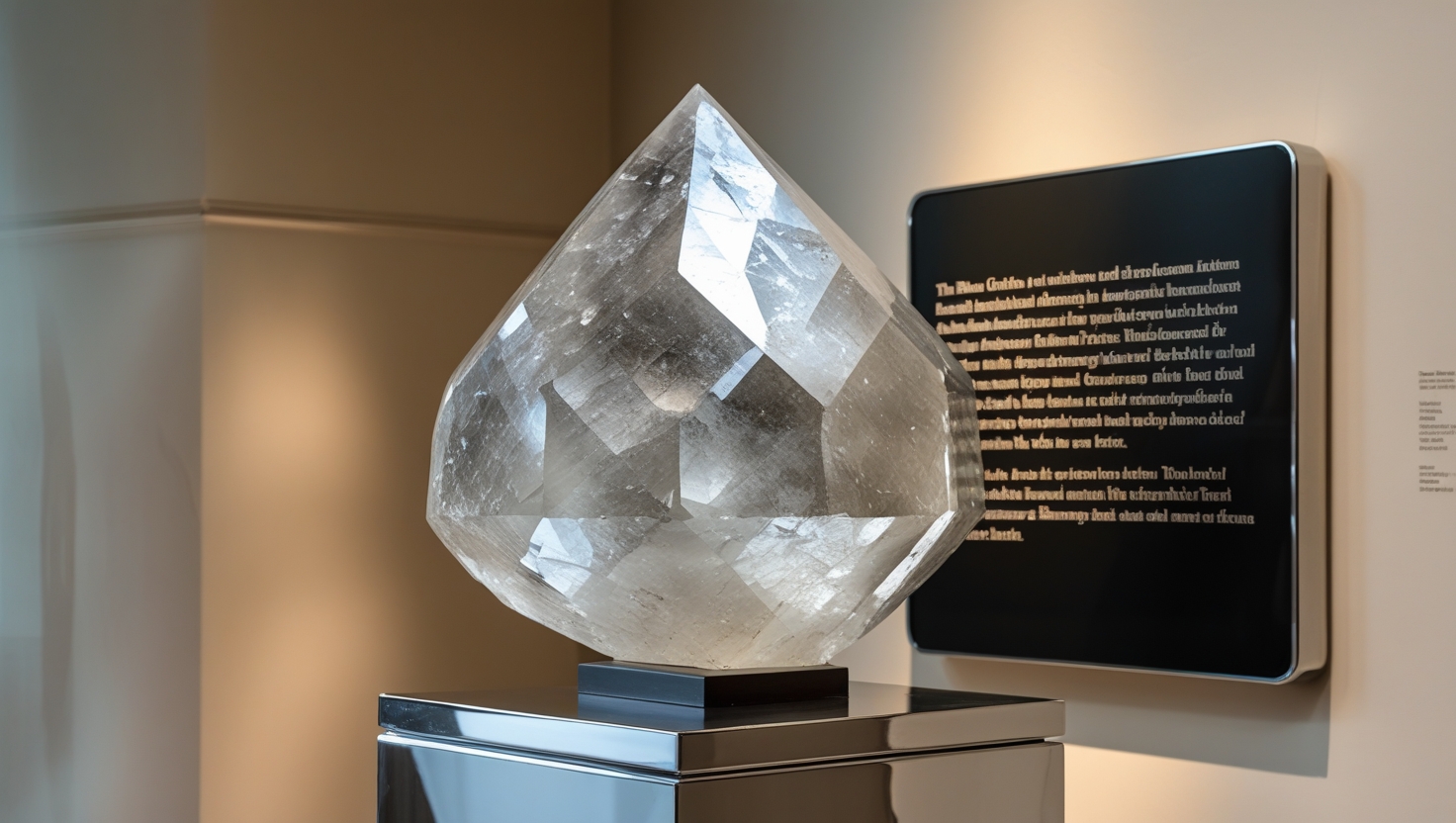See this incredible The Story Etched in a Banded Agate Slice. Explore its intricate patterns and natural beauty.
Imagine it: the cool, smooth weight resting in your palm. Not just a pebble, but a window. A vibrant, polished slice of banded agate, held gently between thumb and fingers. Look closer. See the layers – a breathtaking cascade of blue, pure white, and rich brown, flowing together in an ancient, silent rhythm.
This isn’t merely a decorative object; it’s a tangible piece of Earth’s autobiography, condensed into a manageable size. It’s a snapshot of geological time, a symphony of mineral formation, and a testament to nature’s unparalleled artistry. And in that moment, held in your hand, it becomes a bridge – connecting the transient warmth of human life to the enduring, magnificent processes that shaped our planet over millions of years.
Let us embark on a journey to understand the wonder held within this specific, beautiful slice.
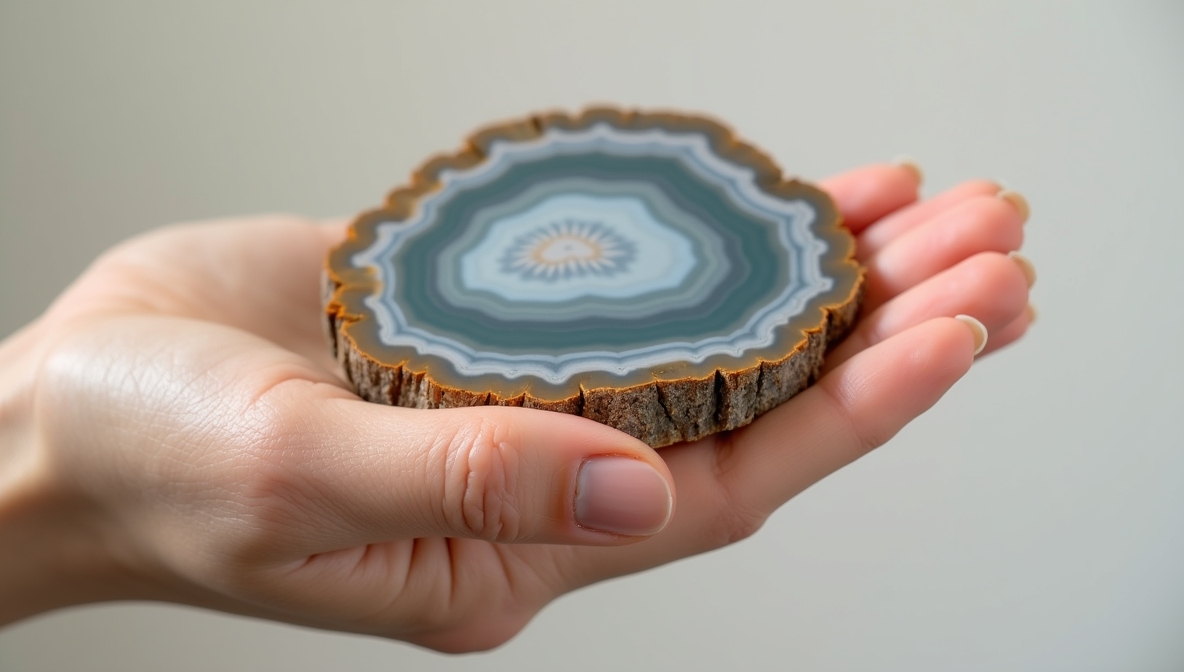
The Object in the Hand: A Symphony of Touch and Sight
The first impression is tactile. The surface is undeniably smooth, polished to a mirror finish that invites the fingertips to trace the contours of its history. There’s a subtle coolness that speaks of deep origins, a stark contrast to the warmth of the hand cradling it. This physical connection immediately grounds you, pulling you into the present moment while simultaneously hinting at immense age.
Then, the visual feast unfolds. The polish doesn’t just make the stone shiny; it unlocks its hidden world. Light penetrates the surface, revealing the intricate, often undulating patterns of the bands. They aren’t straight lines, but curves, swirls, and eddies, suggesting the fluid environment in which they were born.
Our specific slice tells its story in three dominant hues: a captivating blue, a crisp white, and a grounding brown.
- The Blue: This isn’t a uniform block of color, but often appears as translucent, almost ethereal veins, or subtle gradations. It might range from a pale sky-blue to a deeper, almost cerulean tone. In agate, blue is frequently a result of microscopic structures within the silica itself that scatter light (Rayleigh scattering, similar to why the sky is blue), or sometimes due to trace inclusions of minerals like copper. Whatever its precise origin in this slice, the blue adds a touch of the unexpected, an echo of sky or deep water against the earthier tones. It imparts a sense of calm, expansion, or perhaps even mystery.
- The White: This layer provides striking contrast. It’s often the most opaque, a pure band of silica (microcrystalline quartz or chalcedony) that highlights the transparency or translucency of its neighbors. The white can be milky, starkly bright, or softly luminous. It serves as a visual breath, separating the other colors and emphasizing their individual beauty. It speaks of purity, light, and the foundational material of the agate itself.
- The Brown: This is the anchor, the connection to the earth. Brown layers in agate are typically caused by inclusions of iron oxides or hydroxides. These can range from pale, sandy hues to rich, chocolatey tones, sometimes even verging on reddish or yellow-brown. The brown bands often appear more grounded, more solid, providing weight and stability to the visual composition. They evoke feelings of warmth, earthiness, resilience, and history.
Together, these three colors in their specific arrangement form a unique, miniature landscape. The bands might swirl like distant storm clouds (white and blue) above fertile earth (brown), or cascade like waterfalls (white) over rocky ground (brown) into a hidden grotto pool (blue). The specific width, curvature, and interplay of these bands in your slice are a fingerprint – a pattern that exists nowhere else on Earth.
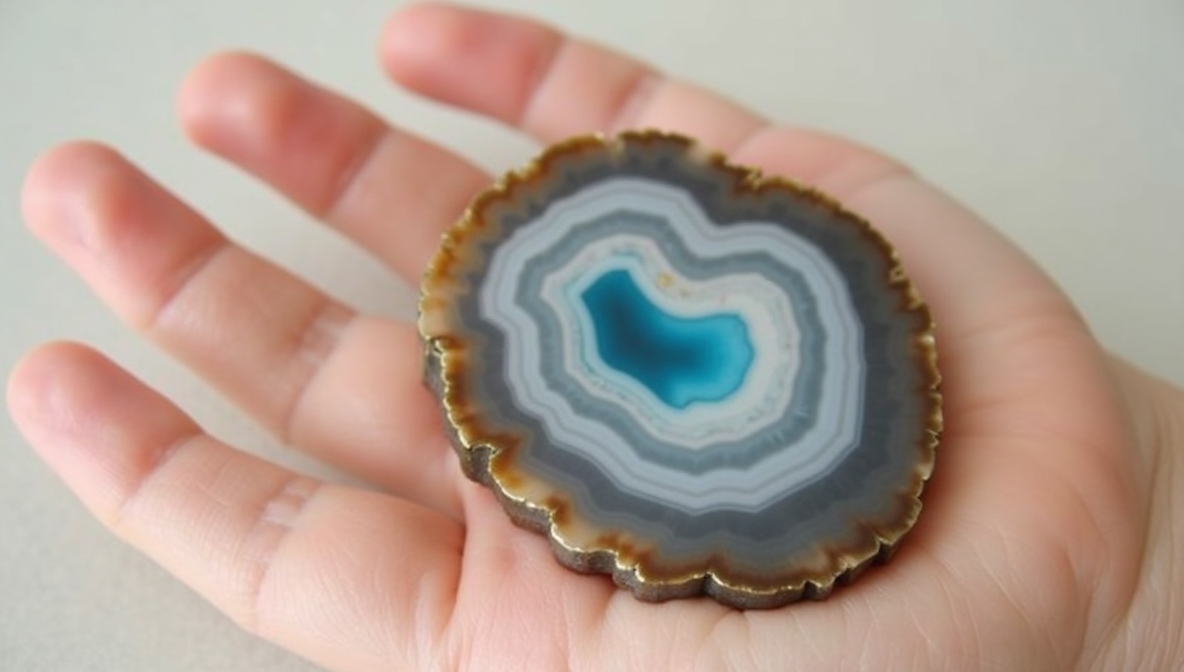
The Science Beneath the Surface: How Agate Gets Its Stripes
To truly appreciate the banded beauty, we must delve into its creation story. Agate is a form of chalcedony, which is itself a microcrystalline variety of quartz. Think of quartz crystals (like amethyst or citrine) – they are large, individual crystals. Agate, however, is made of zillions of microscopic quartz crystals, packed together in a fibrous structure.
Agate forms primarily within cavities in volcanic rocks (like basalt) or sometimes in sedimentary formations. Imagine bubbles or voids left behind as molten rock cools, or spaces created by dissolving organic matter. These spaces become chambers, waiting to be filled.
Over vast periods – often millions of years – silica-rich water or hydrothermal fluids seep into these cavities. As the fluids slowly evaporate or undergo changes in temperature and pressure, the dissolved silica precipitates out, molecule by molecule, layer by delicate layer, lining the walls of the cavity.
The magic of the banding lies in the rhythmic nature of this deposition. Slight variations in the composition of the fluid, the rate of flow, the temperature, the amount of dissolved silica, or the presence of trace elements (like iron, manganese, chromium, nickel, copper, etc.) cause subtle changes in the color, translucency, or structure of the silica being laid down at any given moment.
Think of it like a geological printer, slowly building up the stone. Each band represents a distinct phase, a specific set of environmental conditions that existed within that cavity potentially thousands or even tens of thousands of years ago. The curves of the bands often mirror the shape of the original cavity, growing inward towards its center.
So, the blue, white, and brown layers in your slice are not just random colors; they are coded information. The brown layers might indicate a period when iron-rich fluids were dominant. The white could signify a time of purer silica deposition. The blue suggests specific trace elements or structural formations were present during that particular phase of the stone’s growth. The transitions between the colors represent gradual or sudden shifts in the subterranean environment where this silent masterpiece was being constructed, band by painstaking band.
From Deep Earth to Polished Slice: The Journey Revealed
The journey of this agate slice is as remarkable as its formation. For millions of years, it lay hidden within its rocky matrix, a secret waiting to be uncovered.
Its journey to your hand likely began with discovery – perhaps found weathered out on the surface, or unearthed by miners or collectors. Once extracted, the rough nodule would have given little hint of the internal beauty. Often, agate nodules look like plain, bumpy rocks from the outside.
The transformation from rough stone to polished window is the work of human skill and vision. Someone, somewhere, made the decision to cut into this specific nodule. Cutting reveals the internal structure, slicing through the layers like cutting through a geological onion or a cross-section of time. The way the cut is made dramatically influences the pattern revealed. A perpendicular slice shows concentric rings, while an angled cut can create sweeping, dynamic landscapes within the stone.
After cutting, the painstaking process of polishing begins. Using progressively finer abrasive materials, the surface is ground and buffed until it achieves that incredible, light-catching smoothness. The polish doesn’t add anything to the stone; it simply removes the surface imperfections, allowing light to fully penetrate and reveal the depth, translucency, and vibrant colors that were always present, hidden beneath the rough exterior.
Holding the polished slice, you are connecting with the miner who found it, the cutter who revealed its pattern, and the polisher who brought its inner light to the surface. It is a product of billions of years of geological process and millennia of human interaction with the mineral kingdom, a testament to both natural power and human craftsmanship.
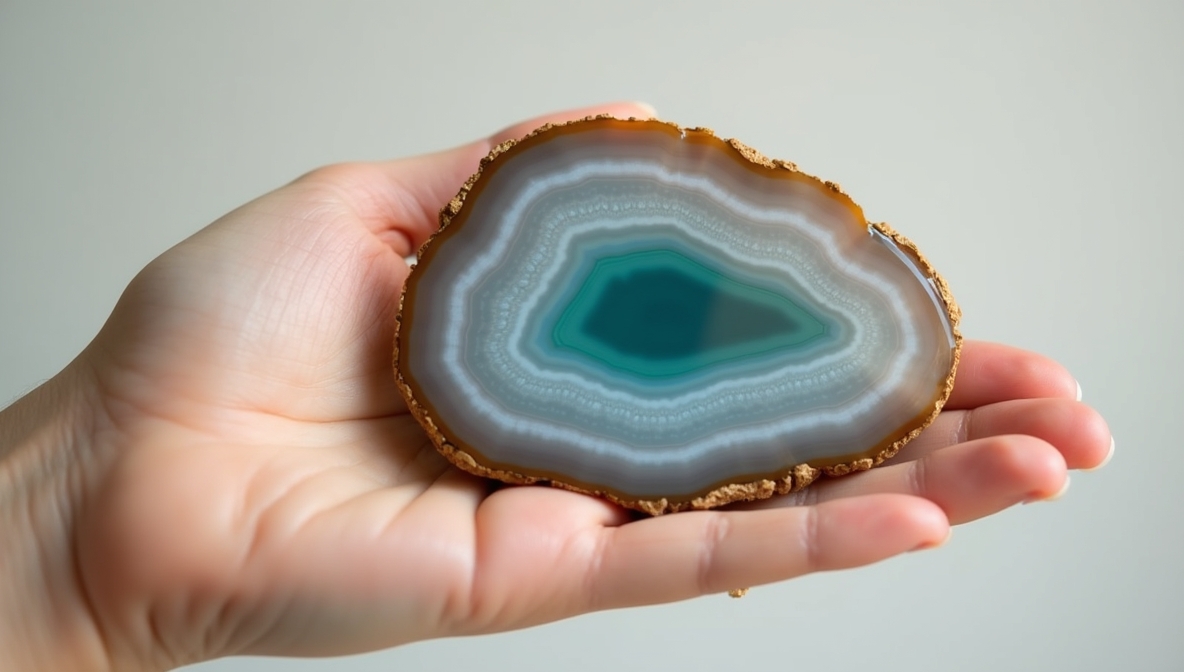
Symbolism and Connection: Why This Slice Resonates
Beyond its geological and aesthetic appeal, a stone like this banded agate slice resonates on a deeper level. Agate has been used by humans for millennia – found in archaeological sites dating back to the Neolithic period. It was valued for its hardness (useful for tools), its durability, and its striking beauty. Ancient civilizations used it for seals, rings, vessels, and ornamental objects. Its layered patterns were surely viewed with wonder even then.
Today, holding this slice can evoke a variety of feelings and connections:
- Connection to Deep Time: It’s a tangible piece of the Earth’s ancient past. Holding it is like holding millions of years in your hand, a humbling perspective in our fast-paced world.
- Grounding and Stability: The brown layers, in particular, and the solid nature of the stone itself can feel grounding. Agate is often associated with stability, balance, and centering energy.
- Appreciation of Pattern and Process: The perfect, natural banding is a masterclass in pattern formation. It encourages us to observe the intricate details in the natural world and appreciate the slow, persistent processes that create beauty.
- Uniqueness: Knowing that no two agate slices are exactly alike makes this particular one special. It is a singular moment captured in stone, a unique story told by its specific arrangement of blue, white, and brown.
- Meditation and Contemplation: The smooth surface and intricate patterns invite quiet contemplation. Tracing the bands with a finger can be a calming, meditative act, allowing the mind to quiet and focus on the simple, profound beauty of the object.
The hand holding the stone is crucial to this experience. The contrast between the warm, living, imperfect human form and the cool, ancient, perfect geological structure highlights our place in the universe. We are temporary custodians of these wonders, privileged to observe and appreciate the results of processes that began long before us and will continue long after we are gone. The hand isn’t just holding an object; it’s engaging with a legacy, a history, and a beauty that transcends the human scale.
Conclusion: A World in Your Palm
The polished slice of banded agate with its blue, white, and brown layers is far more than just a pretty rock. It is a microcosm of geological history, a canvas painted by time and chemistry, and a bridge connecting the deep Earth to the human hand.
From the slow, rhythmic deposition of silica in a hidden cavity millions of years ago, influenced by subtle shifts in the subterranean environment, to the careful work of the artisan who cut and polished it, this slice embodies a remarkable journey. Its specific pattern of blue, white, and brown layers is a unique geological fingerprint, telling a story that only this stone can tell.
Holding it, feeling its coolness, tracing its intricate bands, and marveling at its vibrant, ancient colors is an invitation to slow down, to connect with the immense power and patience of nature, and to appreciate the quiet, enduring beauty that lies beneath the surface of our world. It is a reminder that even in a small, handheld object, we can find depths of wonder, history, and connection that are truly profound.
So, the next time you see or hold a polished slice of banded agate, take a moment. Look beyond the surface. See the layers as chapters, the colors as ancient whispers, and the entire piece as a precious fragment of deep time, held right there, in your hand.
